The Skinny on Fat Loss
Let’s just say, hypothetically, that there’s roughly 300 million North Americans on the continent. From some of the most recent data, there’s about 30% of the continent who are considered overweight or obese, which means almost 100 million people.
100 million!!!!!
Of those who are overweight, probably about 20% of them are actively engaged in some form of weight loss (dieting, exercising, both, voodoo, praying to Tom Cruise), adding up to roughly 20 million people. Of those who are trying to lose weight, there’s probably about 25% who will successfully lose a considerable amount of weight, and keep it off for one full year. Why is weight loss so difficult for the rest of the population? Is it because they don’t try hard enough? Is it because they’re doing something wrong? Is it because of Teletubbies? The answer to all three is a resounding
YES
This post is going to go through the basic mechanics of weight loss in ways that will make you slap your forehead and scream out loud to everyone around “IT’S SO SIMPLE!!! HOW COME NO ONE EVER TOLD ME THIS BEFORE!!?!?!” Weight loss comes down to a very simple principle:
Calories in < Calories out
Where a lot of people fall off the wagon is knowing how much caloric deficit they need in order to stimulate weight loss, as well as how to increase their caloric expenditure to speed up the process. The major ways we burn calories are through our Resting Metabolic Rate (RMR), which is the minimal number of calories burned in order to simply exist for the day with no activity; Thermic effect of feeding (TEF), which is the number of calories burned by your internal organs to process your food; Thermic effect of activity (TEA), which can include everything you do in a day, including exercise.
 Now the problem with most dietary restriction plans is that they drastically limit the number of calories coming in and actually give less than needed for you RMR to function properly. What tends to happen then is that your metabolism “slows down” by reducing thyroid hormone output and adrenal gland function, breaking down or limiting muscle usage and impeding your body’s ability to burn calories from fat. Your body essentially thinks it’s starving, and rather than burn through the tissue that’s going to help to keep it alive the longest (fat tissue), it’s going to burn the tissue that at this point in time is the least necessary (muscle and reproduction system). One of the easiest ways to tell if females are drastically under-nourished from dieting is that their menstrual cycle will cease. Since they can’t support their own life, the body shuts down the ability to support another. Pretty clever, isn’t it??
Now the problem with most dietary restriction plans is that they drastically limit the number of calories coming in and actually give less than needed for you RMR to function properly. What tends to happen then is that your metabolism “slows down” by reducing thyroid hormone output and adrenal gland function, breaking down or limiting muscle usage and impeding your body’s ability to burn calories from fat. Your body essentially thinks it’s starving, and rather than burn through the tissue that’s going to help to keep it alive the longest (fat tissue), it’s going to burn the tissue that at this point in time is the least necessary (muscle and reproduction system). One of the easiest ways to tell if females are drastically under-nourished from dieting is that their menstrual cycle will cease. Since they can’t support their own life, the body shuts down the ability to support another. Pretty clever, isn’t it??
To top it off, let’s say you want to spend the next four hours riding the elliptical at a slow speed, trying to burn as many calories as possible. First, this will get you no where, quite literally it’s a machine that doesn’t move (get it?? Ha ha ha. ). Second, by doing long slow cardio, your energy expenditure is minimal because you’re working in a very energy efficient manner, and the energy source, while coming primarily from fat, is very low burning and takes a lot of time to work through any considerable weight. Meaning it will take you a looooong time to drop any kind of poundage. A gram of fat has about 9 calories to it, where a gram of carbohydrates has about 4 calories to it. In the game of weight loss, burning carbs makes more sense, as you’ll lose more than 2 grams of “weight” (not including the three grams of water for each gram of carb needed to store it effectively) for the same number of calories by bumping up the intensity and doing some intervals or something crazy like that.
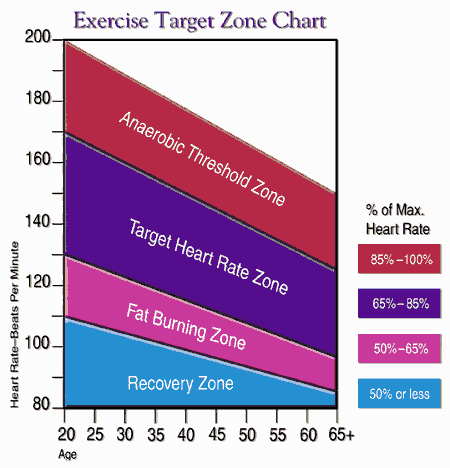 Everyone’s probably seen this chart, and it should be outlawed because it’s complete and utter bullshit. It says that to burn fat, you have to work out in a ridiculously low intensity. What they fail to tell you is that to burn 500 calories at this intensity will take easily an hour or two depending on body weight, and result in a total “weight loss” of 55 grams if burning pure fat tissue (the equivalent of 0.034 pounds, not including sweat loss which you’ll need to replace to stay hydrated), whereas by increasing the intensity to the “Anaerobic Threshold Zone,” You’ll wind up burning those 500 calories in about 30 minutes, and also wind up burning waaaay more calories after the workout from something called Exercise Post Oxygen Consumption (EPOC). This has different terminologies depending on which camp of training you subscribe to, but the concept is the same: when you work in an anaerobic zone, you continue to burn calories after the workout as your body tries to recover the oxygen burned during the workout. So for that 500 calories in the workout, let’s tack another 50 calories to it for EPOC, bringing our total to 550.
Everyone’s probably seen this chart, and it should be outlawed because it’s complete and utter bullshit. It says that to burn fat, you have to work out in a ridiculously low intensity. What they fail to tell you is that to burn 500 calories at this intensity will take easily an hour or two depending on body weight, and result in a total “weight loss” of 55 grams if burning pure fat tissue (the equivalent of 0.034 pounds, not including sweat loss which you’ll need to replace to stay hydrated), whereas by increasing the intensity to the “Anaerobic Threshold Zone,” You’ll wind up burning those 500 calories in about 30 minutes, and also wind up burning waaaay more calories after the workout from something called Exercise Post Oxygen Consumption (EPOC). This has different terminologies depending on which camp of training you subscribe to, but the concept is the same: when you work in an anaerobic zone, you continue to burn calories after the workout as your body tries to recover the oxygen burned during the workout. So for that 500 calories in the workout, let’s tack another 50 calories to it for EPOC, bringing our total to 550.
Assuming 4 calories per gram of carb (the dominant energy source in anaerobic metabolism), it winds up resulting in a weight loss of 137.5 grams (plus sweat loss). Now the good thing is that by burning carbs, you liberate the water weight associated with the storage, meaning the weight you lose is actually giving something back to you and keeping you hydrated. Fantastic, isn’t it?? So if we assume that of the three grams of water released per gram of carb, you lose one full gram of it to sweat (if anyone has ever done anaerobic work, you know you sweat a hell of a lot more), that turns into another 137.5 grams of “weight loss” in that 500 calories of exercises, compressed into 1/4 the timeframe, totalling 275 grams of total weight lost in the workout (about 0.17 pounds of weight, or 5 times more weight lost in 1/4 the time!!!!).
Doing long duration cardio in the “fat burning zone” tends to lead to a loss of muscle mass as the muscle is constantly in a state of catabolic breakdown and limited time to rebuild properly, which means your resting metabolic rate is reduced, affecting calorie burning capability. It also has a higher rate of repetitive strain injuries. Think of the average conversation two runners might have in the change room:
Runner 1: “Hey, I haven’t seen you around for a little while. Are you training or injured?”
Runner 2: “Well, I pulled my (insert lower body part here) and have been going to physio for the past (insert desired number of months here), but I’ve been doing a lot of water running. It’s not hurting right now, so I was thinking of getting in 10 miles this morning.”
By comparison, by doing anaerobic work or resistance training, your muscle mass is maintained and actually increased, which means more calories burned at rest than through long cardio. For those out there hoping to not get bulky, think of this: muscle density is about 1.06 grams / mL of volume, whereas fat has a density of 0.9 grams / mL of volume, meaning 1 pound of fat will take up about one full litre of volume compared to a pound of muscle which takes up 85% of that volume, meaning a smaller size for the same weight. Adding a pound of muscle to burn 2 pounds of fat through just an increase in your RMR will make you smaller, not bigger. You’d have to train like a body builder for years to get bulky muscles. This is a common situation where people will say they’re losing size like crazy but the scale isn’t budging (yet another reason to not focus just on weight, but on body composition).
By doing resistance training, you effectively build a bigger furnace to burn more calories. This makes weight loss much easier through the increases in RMR, which accounts for about 60-75% of total energy expenditure. This s a fancy way of saying chicks should lift heavy shit to look all hot and stuff, and dudes with biceps get more girls than runners. Seriously, who thinks this could ever possibly make someone say “Hey, I gotta get me some of that!!”
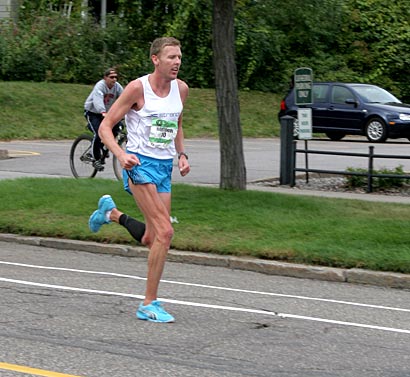 Sure he’s lean, but what’s the point? He probably can’t touch his toes without the assistance of a towel and a hand crank.
Sure he’s lean, but what’s the point? He probably can’t touch his toes without the assistance of a towel and a hand crank.
How do you find the energy balance needed to start losing weight? Well, start by eating more nutrient-rich foods, like fruits, veggies, lean meats and good dense fibrous carbs, and cut out the McDonalds, processed crap, sugar, and all the stuff we all know are bad foods. Second, make sure you don’t eat too much at once, while still making sure you eat small meals 5-6 times each day. You’ll know if you’re eating too little because your energy will be in the crapper and you’ll have nothing for your workouts. Third, get crazy with the Cheez Whiz in the gym and start bumping up the intensity (if you don’t know what it means to get crazy with the Cheez Wiz, I suggest you listen to more 90’s rock). Think of it this way, how many neighborhood walkers (a low intensity activity) look like sprinters (a high intensity activity)?
My thoughts exactly
Additionally, from the annals of intensity personified, AKA my Youtube channel , here’s an example of intense weight training from the Future, throwing it down on an anaerobic circuit to get her prepped for triathlon season a few years ago.
In closing, to lose weight you need to eat less bad stuff, more good stuff, less than you burn, and burn more than you are now by cranking up the intensity. Sounds pretty easy doesn’t it? If you find you’re not losing weight, then it’s easy to tell that the energy balance is out, and you’re either eating too much, not enough, or not burning enough calories through exercise. Eat at least 2000 calories for physically active females, 1600 calories for sedentary females, and 500 calories more in men, and weight loss will occur. Burn more calories and preserve RMR by doing weights and increasing the intensity, and you’ll start dropping crazy amounts of poundage. Sound like a good deal? Cool. Now go and do it, and make sure you aren’t one of the 80 million people in North America who fail at weight loss.
For more awesome posts about weight loss, check out some of the dozens of posts by guys like Tony Gentilcore who knows his stuff and is easy to read, on top of being hil-freakin-arious!!
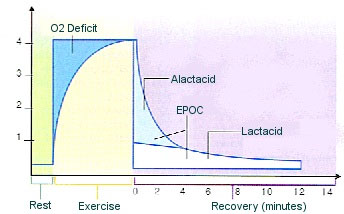
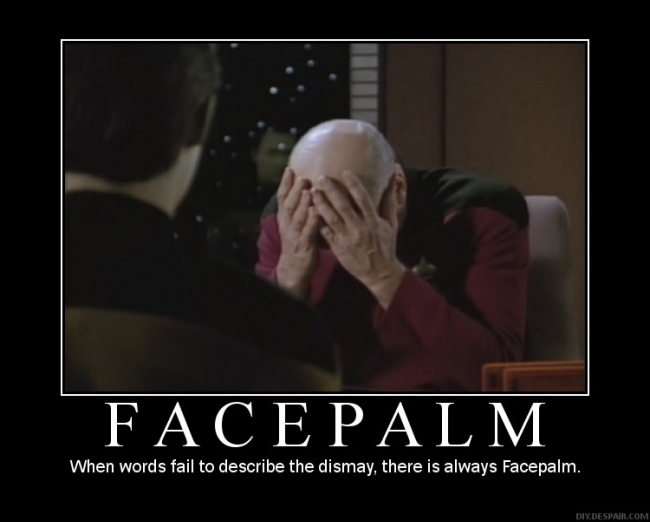
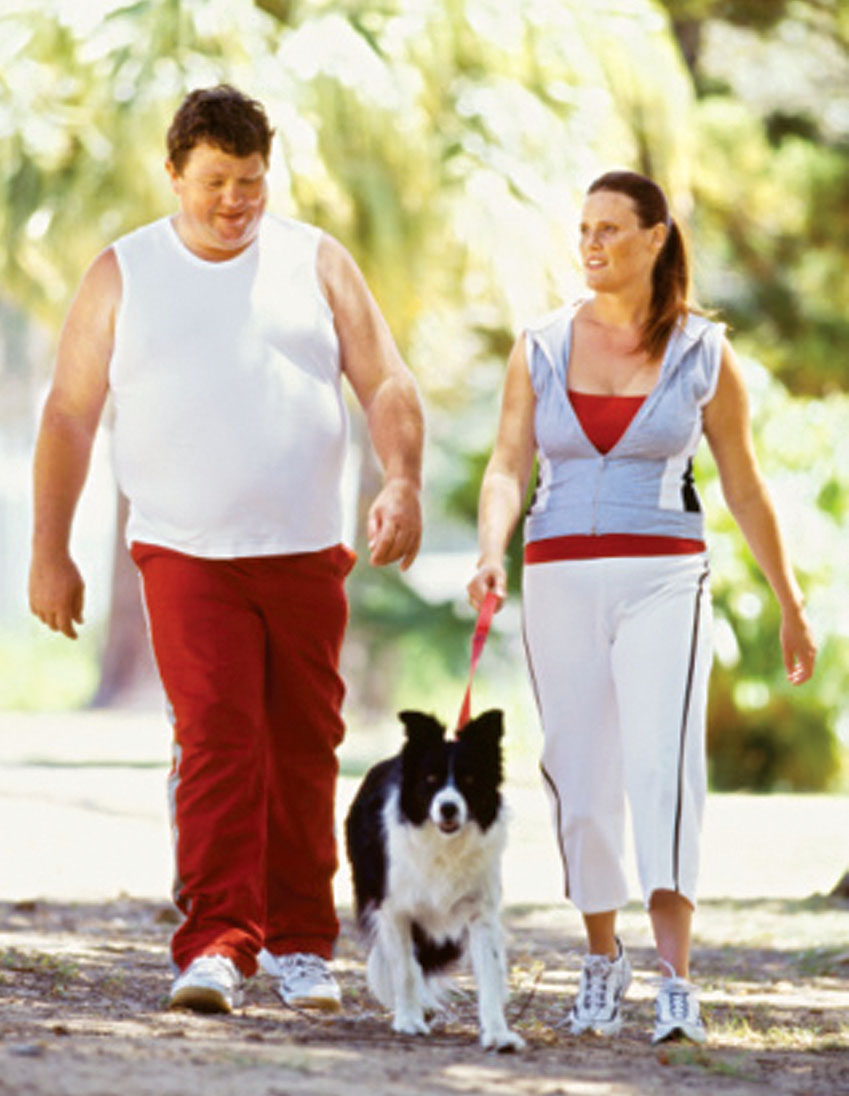

2 Responses to The Skinny on Fat Loss